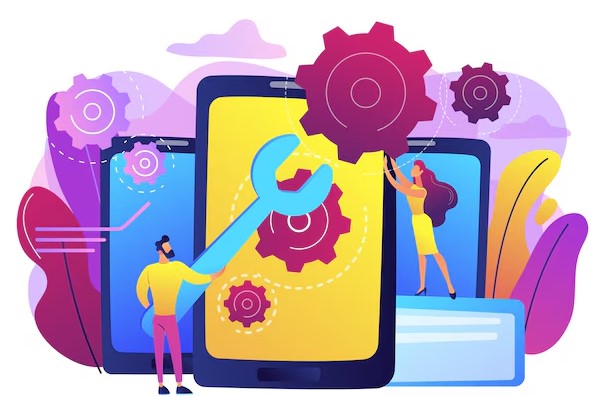Introduction
Chatbot marketing has become increasingly popular as businesses look for innovative ways to engage with their customers. A well-designed chatbot can provide personalized interactions, automate customer support, and drive conversions. However, building an effective chatbot marketing strategy requires careful planning and execution. In this blog post, we will explore the key steps to create a successful chatbot marketing strategy.
Step 1: Define Your Objectives
Before diving into chatbot development, it is crucial to clearly define your objectives. What do you aim to achieve with your chatbot? Are you looking to improve customer service, generate leads, or increase sales? Understanding your goals will help you shape your chatbot’s functionality and design.
For example, if your objective is to improve customer service, your chatbot should be equipped to answer frequently asked questions, provide product recommendations, and assist with order tracking. On the other hand, if your goal is lead generation, your chatbot should focus on capturing user information and nurturing leads through personalized conversations.
Step 2: Identify Your Target Audience
Knowing your target audience is essential for creating a chatbot marketing strategy that resonates with your customers. Conduct market research to understand your audience’s preferences, pain points, and communication preferences.
Consider factors such as demographics, behavior patterns, and purchasing habits. This information will help you tailor your chatbot’s tone, language, and conversational style to match your target audience’s preferences.
Step 3: Choose the Right Platform
There are various chatbot platforms available, each with its own set of features and capabilities. When selecting a platform, consider factors such as ease of use, integration options, scalability, and pricing.
Some popular chatbot platforms include Facebook Messenger, WhatsApp, Slack, and Telegram. Evaluate each platform based on your business requirements and choose the one that aligns with your goals and target audience.
Step 4: Design Engaging Conversations
The success of your chatbot marketing strategy depends on delivering engaging conversations. Design your chatbot’s dialogues to be interactive, conversational, and helpful.
Start with a warm welcome message and provide clear instructions on how users can interact with the chatbot. Use a friendly tone and avoid using excessive jargon or technical language. Break down complex information into bite-sized chunks and provide options for users to choose from.
Personalization is key to creating engaging conversations. Use the user’s name, past interactions, and preferences to provide customized recommendations and responses. This will make the user feel valued and increase their engagement with the chatbot.
Step 5: Test and Iterate
Once your chatbot is live, it’s important to continuously test and iterate to improve its performance. Monitor user interactions, collect feedback, and analyze data to identify areas for improvement.
Regularly update your chatbot’s knowledge base to ensure it stays up to date with the latest information. Incorporate user feedback to address common pain points and enhance the user experience.
Step 6: Promote Your Chatbot
Building a chatbot is just the first step. To maximize its impact, you need to promote it effectively. Leverage your existing marketing channels to create awareness and drive adoption of your chatbot.
Announce your chatbot’s launch through email newsletters, social media posts, and website banners. Highlight the benefits of using the chatbot and provide clear instructions on how users can access it.
Consider running targeted advertising campaigns to reach a wider audience. Use compelling visuals and persuasive copy to entice users to engage with your chatbot.
Conclusion
Building an effective chatbot marketing strategy requires careful planning and execution. By defining your objectives, understanding your target audience, choosing the right platform, designing engaging conversations, testing and iterating, and promoting your chatbot, you can create a chatbot marketing strategy that drives results.
Remember to continuously monitor and optimize your chatbot based on user feedback and data analysis. As technology advances and user expectations evolve, it’s important to stay up to date with the latest trends and adapt your strategy accordingly. With a well-designed chatbot marketing strategy, you can enhance customer engagement, streamline processes, and drive business growth.



